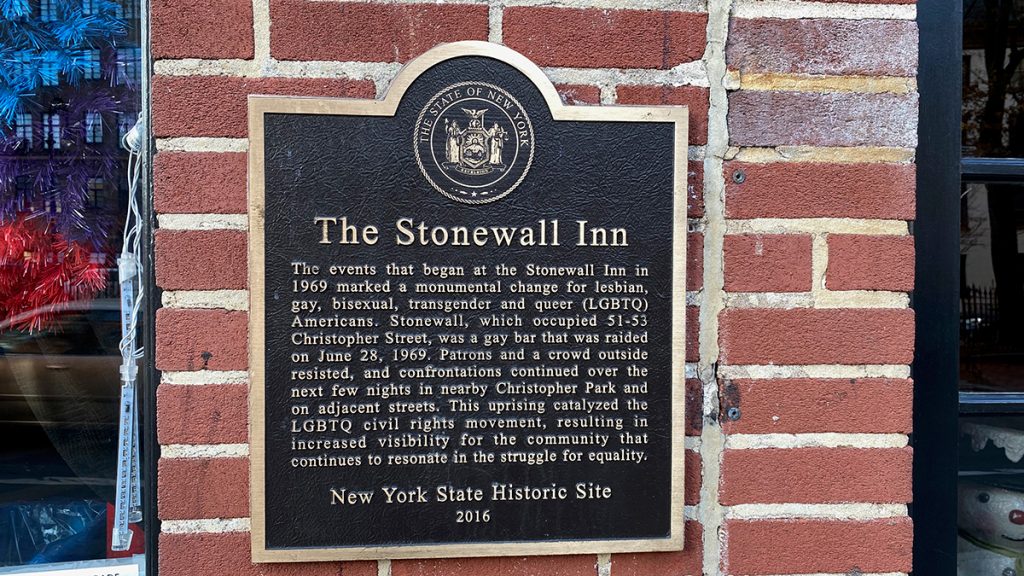

Queer media representation has taken many different forms over the years. Decades before the likes of Queer Eye (Netflix), PinkNews or non-binary and trans artists topping the music charts – positive queer representation was nonexistent. Pockets of non-heteronormative individuals would sometimes slip through society’s cracks, usually as creators and producers in various art forms. In literature, we all know of writers like Oscar Wilde, famous for his upper-class theatre work, but notarised by the press of then for a scandalous and salacious personal life.
While Oscar Wilde was celebrated at the time for his writing, his rumoured relationship with Lord Alfred Douglas – Bosie – was used to both erode his reputational standing in society, and provide extra layers of analysis to his work. His resulting trial for homosexual acts was covered by the press intensely, giving the public a speculative gaze on the life of gay man. Through a modern, inclusive lens, being a successful writer, and gay, is anything but salacious.
Catapult yourselves back to the social and economic change of yester-yesteryear. In the Roaring 20s, British societal attitudes loosened, drinks flowed and feet danced – all while gay culture simmered, very nearly coming to boil – birthing sub-cultures of drag balls and nightlife that is still ingrained around the world to this day. Onwards to 1969, the year of Stonewall – an emotionally driven queer uprising spurred on by transgender, gay and lesbian people, sick and tired of being ostracised by society on all levels – became a catalyst moment for representation. Too long were people conformed by society to lurk in the shadows, or behind the closed doors of discrete pubs. People had had enough, and the fight to be seen, both in lit streets and through the gaze of everyday people, began.
There were big firsts throughout the 70s, mainly within the world of music. The birth of glam rock and the pop punk gay scene, including artists such as David Bowie, took centre stage. Lavender Country became the first openly gay country music album. In 1977, Lesbian Concentrate was released, a reactive, anti-LGBT bigotry album. And though throwing bricks and resisting arrest at Stonewall jolted public awareness preceding this, the following decades would become shrouded in devastation and despair.
The HIV and AIDS crisis dominated media around the world throughout the 80s, and any positive movement that had happened before became thwarted by a dangerous and deeply worrying portrayal in mainstream media. Not only was AIDS a medical epidemic, but it had soon become a cultural one too. Anyone with access to Google can see it for themselves, even now – British and global media ran public health campaigns, and at the time showed images of the Grim Reaper, as well as black tombstones, along with headlines about socially excluding ‘contagious’ gay men.

Social context of the crisis was laced in homophobia, driven by a homophobic mainstream culture. When campaigns were created to address the crisis, little was done to target those most affected. Margaret Thatcher’s government feared that speaking explicitly, and to a homosexual demographic, through public health campaigns, would have harmful repercussions. And thus, an unprogressive media and culture meant that as the crisis worsened, so too did the lasting impact of public perception on queer lifestyle.
That being said, human goodwill prevailed. As those living through the epidemic continued to make their voices heard, huge public figures added their support. Princess Diana helped to change the perception around AIDS through physical, public appearances with patients. Newspapers and broadcast television at the time showed one of the most famous women in the world hugging and humanising those living with the disease. Pop singer Madonna also included a ‘Facts About AIDS’ card with her Like a Prayer album to provide much-needed education.
Watch: Princess Diana meets patients with HIV
The release of Paris is Burning (1991) shone a new light on New York’s ballroom culture in the 80s, delving into intersectional topics like class, race and gender orientation. At the same time, and throughout the 90s and onwards, notable figures began to publicly ‘come out’, perhaps most famously Ellen DeGeneres on mainstream US television. After some time, the perception of gay and queer people was leaning away from the Oscar Wilde trial days, and the image began to change from the guilty towards a modern take: the liberated.
Watch: Ellen celebrates 20 years since coming out on mainstream US television
This movement in the celebrity world helped to form a connection between the media image of famous queer people and the non-famous, everyday queer folk. And with this came fresh grounds for opportunity. For brands, a softening of public perception meant new potential for expanded targeted audiences, and for facilitating their own modernised, culturally relevant brand reputation.
For LGBTQ+ History Month, Octopus Group is sharing an insight into the history of representation in marketing and the media. Each week, we’ll cover a different topic to raise awareness and spotlight why this month remains important, for everyone.
To find out how you can get involved in LGBTQ+ awareness, check out a list of charities and community initiatives here.
Next week: Targeted advertising history: Opening the brand gates to queerness and the modern family
The latest (and most useful) B2B insight, delivered to your inbox.
Publicis Pro needs the contact information you provide to send you the latest B2B insights. You may unsubscribe from these communications at anytime.